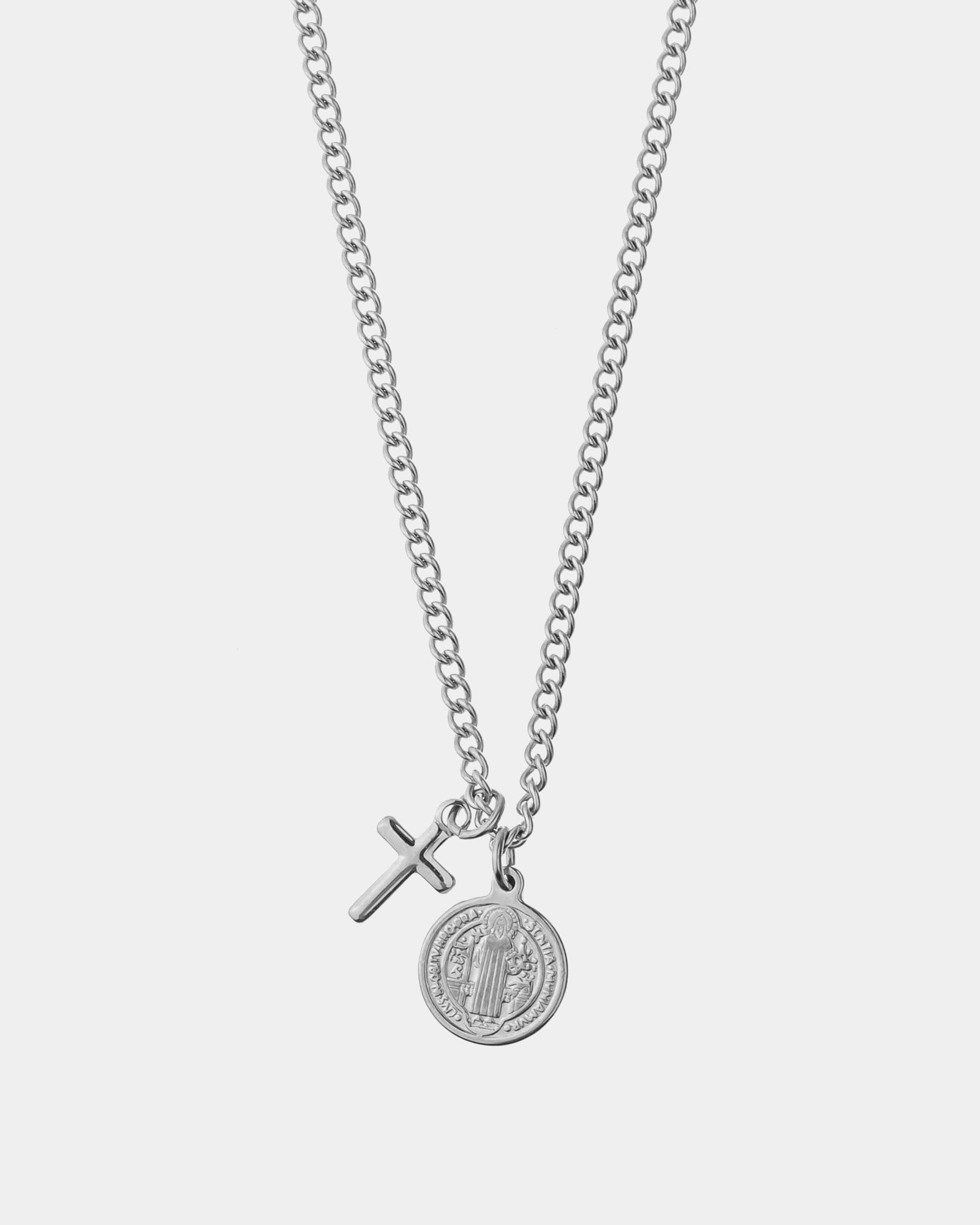There are several metals that are commonly used to make jewelry, each with its own characteristics and benefits. Here are some of the most popular metals and their characteristics:
- Gold: Gold is a classic and luxurious precious metal that has been used in jewelry for centuries. It is flexible and malleable, which makes it easy to work with and shape into a variety of designs. Gold is also relatively resistant to staining and oxidation, making it a good choice for jewelry that will be worn daily. Despite being a valuable and appreciated metal for centuries, gold also has some disadvantages as a material for jewelry and other applications. Gold is one of the most expensive metals in the world, which can make it inaccessible to many people. Although the malleability of gold is an advantage in terms of design, as it allows it to be shaped into various forms, this also means that gold is a relatively soft metal and can be easily dented or scratched. Some people may have allergic reactions to gold, which can make it a less ideal choice for jewelry in direct contact with the skin.
- Platinum: Platinum is a rare and extremely valuable precious metal, with a number of advantages over other metals used in jewelry. Platinum is an incredibly strong and durable metal, highly resistant to corrosion and has a natural, elegant shine. It is often used for engagement and wedding rings, as it symbolizes eternal love and commitment. However, platinum also has some drawbacks, including its high price and difficulty in working with the metal. Platinum is much more expensive than other metals used in jewelry, such as gold and silver. Additionally, due to its high resistance and density, platinum is very difficult to work with, which can increase the cost of producing platinum jewelry.
- Sterling silver: Sterling silver is a silver alloy that contains 92.5% pure silver and 7.5% other metals, usually copper. It is relatively affordable, yet still beautiful and elegant. It is a malleable metal that can be worked into a variety of designs, from modern and minimalist styles to more ornate jewelry. Silver is a strong and durable metal, making it an excellent choice for jewelry that is worn daily. Silver is less likely to cause allergic reactions on the skin than other metals, such as gold. Although it may scratch or dent, silver is less prone to damage than other metals. The disadvantage of silver is that it may darken over time and require regular maintenance, but don't worry, it can be easily resolved with a simple cleaning process.
- Stainless steel: Stainless steel is a popular material in the production of jewelry. It is highly resistant to corrosion, making it a popular choice for jewelry and other products that will come into contact with water, sweat or other liquids that can corrode other metals, in addition to having a shiny finish that resembles silver. One of the main advantages of stainless steel is its durability and the fact that it is less prone to scratches and other damage. Furthermore, it is hypoallergenic, which means that it is less likely to cause allergic reactions on the skin. Stainless steel is more affordable than many other metals used in jewelry, which makes it a popular choice for people looking for high quality at a more accessible price, offering quite elegant jewelry collections.
To sum, when choosing the metal for your jewelry, it is important to consider factors such as durability, corrosion resistance, color, and price. Additionally, it is important to choose a metal that is hypoallergenic, especially if you have sensitive skin. If you are looking for a piece of jewelry that meets your needs and personal style, see what Dicci has to offer:

















































